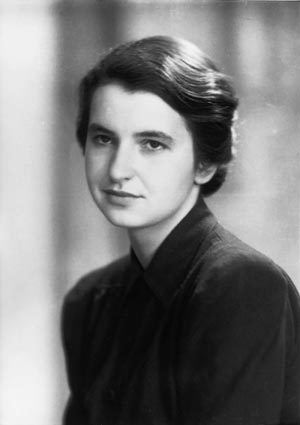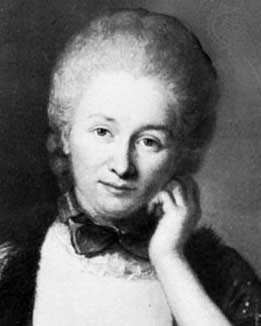On the occasion of International Women’s Day, Connectors Plus, with a predominantly female team, reaffirms its commitment to defending gender equality and women’s empowerment.
We want to support and defend the rights of each and every woman, regardless of her race, ethnicity, orientation, ideals, beliefs, religion, customs, culture…
And to highlight the indisputable contribution they make to our society every day.
Examples of this “invisible” contribution throughout history are these women who, although in their time they were relegated to the background, their contributions, knowledge, ideas and motivation left important marks in such significant areas as science, art, literature and politics.
Frida Khalo, in the shadow of the great Diego Rivera
A woman who made history and developed her own style, greatly influenced by her life and Mexican roots. However, her work was always overshadowed by that of her husband, Diego Rivera, the first great admirer of Frida Kahlo. Kahlo’s work did not receive the recognition it deserved until shortly after her death, when she was recognized worldwide at the same level as Rivera.
Rosalind Franklin, the great forgotten woman of the discovery of DNA
 Without their work, the double helix structure of DNA would not have been discovered, and without it, many of the advances in molecular genetics of the 20th century might not have been possible.
Without their work, the double helix structure of DNA would not have been discovered, and without it, many of the advances in molecular genetics of the 20th century might not have been possible.
Franklin studied at Cambridge University and became a researcher at King’s College London, one of the most prestigious colleges of the time. She managed to x-ray the structure of DNA in the famous photograph 51, an image that later allowed Watson and Crick to confirm their double helix theory. However, Franklin never received recognition for her extremely important role.
Gabrielle Émilie, the woman who translated Newton
 At a time when women’s access to education was restricted, one of the great mathematicians of the 18th century, Emilie du Châlet, emerged. In 1737, she published an important piece of research that predicted what we now know as infrared radiation and the nature of light. Her great mind has been compared to that of Horace and made her Newton’s translator, but her 15-year relationship with the scientist relegated her to the background. In debt and without company, she died without obtaining the recognition deserved for her work.
At a time when women’s access to education was restricted, one of the great mathematicians of the 18th century, Emilie du Châlet, emerged. In 1737, she published an important piece of research that predicted what we now know as infrared radiation and the nature of light. Her great mind has been compared to that of Horace and made her Newton’s translator, but her 15-year relationship with the scientist relegated her to the background. In debt and without company, she died without obtaining the recognition deserved for her work.
Mileva Maric, at the level of Albert Einstein
 “We have recently completed a very important work that will make my husband world famous” was the phrase that this Serbian mathematician wrote to a friend before Einstein published the articles that made him the most famous scientist of the 20th century. Phrases such as “our research” or “our work” raised questions about the influence that Maric, his first wife, had on Einstein’s work, since their relationship went far beyond the sentimental, as they always worked together and their scientific debates were frequent.
“We have recently completed a very important work that will make my husband world famous” was the phrase that this Serbian mathematician wrote to a friend before Einstein published the articles that made him the most famous scientist of the 20th century. Phrases such as “our research” or “our work” raised questions about the influence that Maric, his first wife, had on Einstein’s work, since their relationship went far beyond the sentimental, as they always worked together and their scientific debates were frequent.






